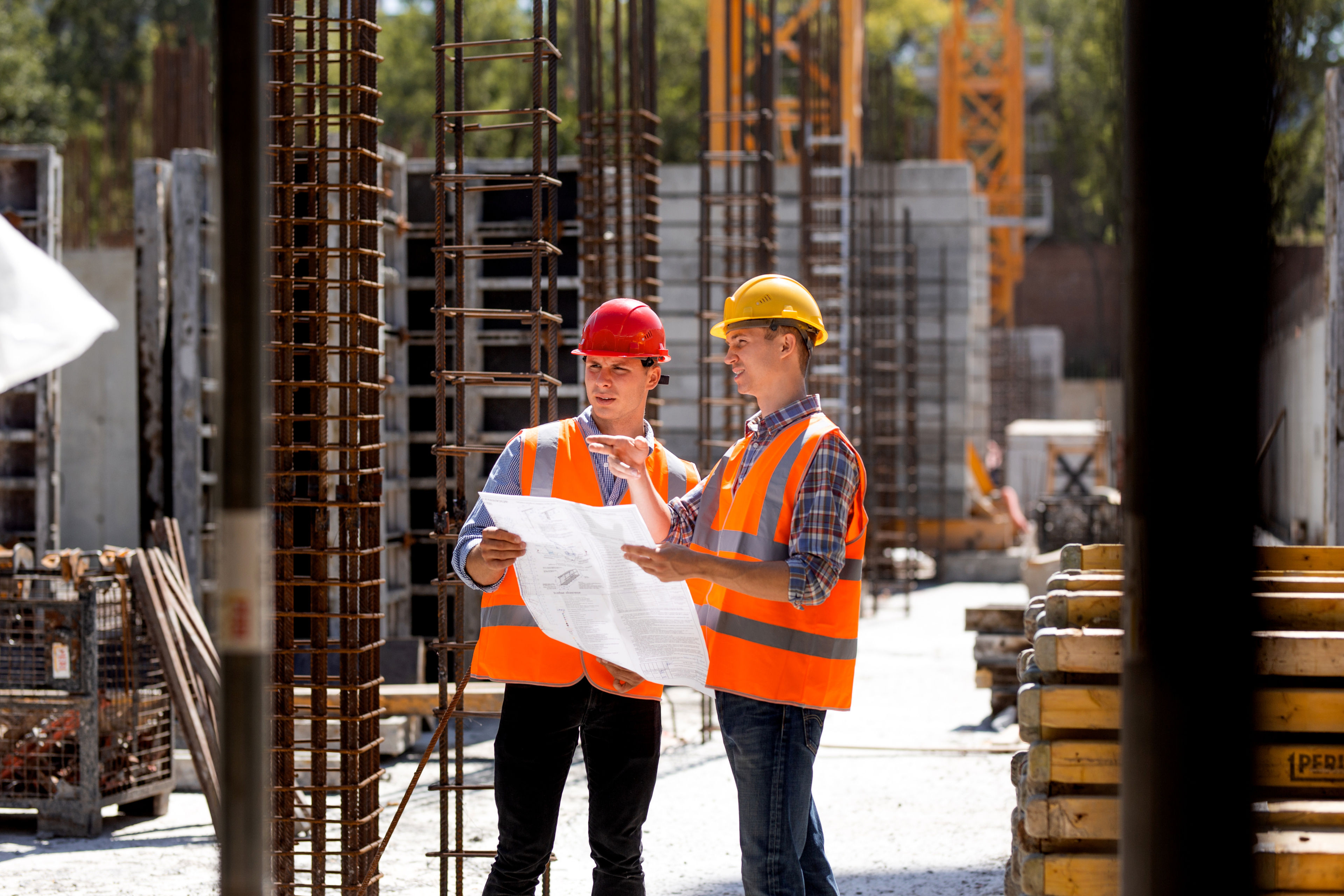The construction industry has seen a notable decline in the rate of construction cost growth. Is this a sign of an impending stabilisation within the building sector? Let’s dive deep.
Understanding the Trend
The latest quarterly report reveals a modest growth of 0.5% in construction costs for the September quarter. Remarkably, this is the lowest increase since June 2019 and is also half of the pre-pandemic ten-year average growth rate of 1.0% every quarter. As a result, the yearly growth rate in construction costs currently stands at 4.0%. This is a significant dip from last year’s 4.7% quarterly peak.
Experts suggest that even though construction costs remain high, the consistent increase rate seems to be stabilising. For the fourth consecutive time, the growth rate for residential construction costs has witnessed a decline.
Furthermore, the dip in new housing approvals indicates a double-edged sword for the building sector in the upcoming year. It may lead to increased material and labour resources availability, yet simultaneously intensify the competition for acquiring new projects.
Key Influences and Indicators
The current trend in construction cost growth parallels the ‘new dwellings’ cost sub-section of ABS CPI data. Notably, this sub-index saw its peak in March 2022 with a 5.7% growth, which has since descended to 1.0% in the June quarter of 2023.
Interestingly, a large component of the ABS CPI data basket is the cost associated with new owner-occupier dwelling purchases. Therefore, the continuous reduction in construction cost growth might also predict potential relief from inflationary pressures in the building sector.
Material vs. Labour Costs
While material costs seem to have found a steadying point, new pressures are emerging on the labour front. Construction industry wages have seen a rise of over 5% in recent times. This growth surpasses the trends of the preceding years. Additionally, from July 2023, the superannuation guarantee rate jumped to 11% from the previous 10.5%.
State-Wise Insights from Q3 2023 Report
- NSW: A 0.6% quarterly growth, consistent with the previous quarter but down from last year’s 4.0%.
- Victoria: Recorded a 0.3% quarterly increase, showing the most significant drop over the quarter from 0.7% in the previous three months. The annual cost rise is 3.7%.
- Queensland: Witnessed the highest state-level quarterly growth of 0.8%, a 0.1% hike from Q2 2023. The annual growth is 4.8%.
- WA: Experienced the most modest quarterly growth of 0.2%, falling short of the pre-pandemic decade average of 1.0%.
- SA: Saw a 0.6% quarterly increase, the lowest since Q3 2020. The yearly growth rate has drastically fallen to 4.1% from 2022’s peak of 10.5%.
Concluding Thoughts
The recent changes in construction cost growth rates, both at the national and state levels, offer valuable insights. The declining trend might be a precursor to a more stable and predictable building sector in the future. Industry stakeholders must stay informed and prepared for the evolving dynamics of the construction realm.


